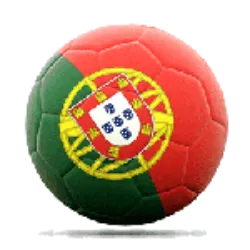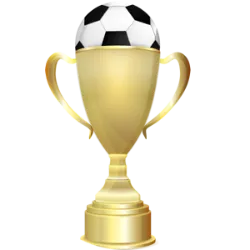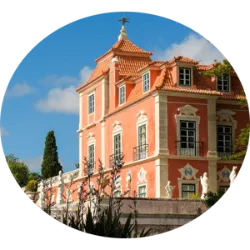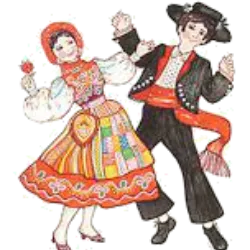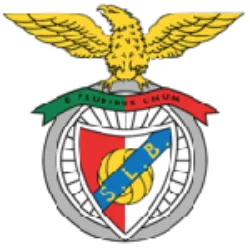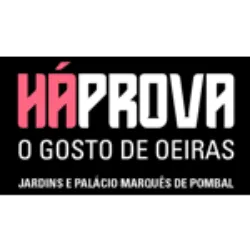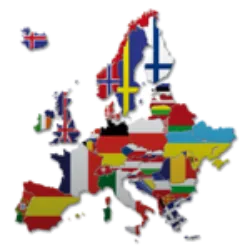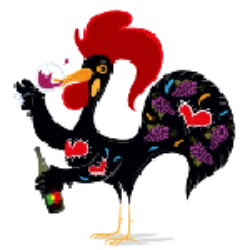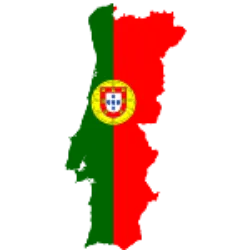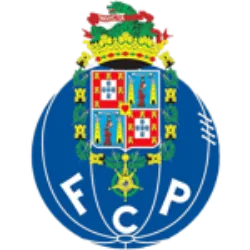Viseu Futebol Clube Academic

Académico de Viseu Futebol Clube, founded in 1913, is a Portuguese football club located in Viseu, in the central region of the country. Known as "Os Viriatos" or "The biggest in Beira", the club has a significant history, although its greatest visibility occurred in secondary competitions, such as the Second League. Over the years, Académico de Viseu stood out mainly in the Second Division, having played in the First Division in some seasons, but without remaining in the elite. After a financial crisis, the original club was dissolved in 2006, and Grupo Desportivo de Farminhão took over the name and headquarters of Viseu, becoming Académico de Viseu F.C. The Fontelo Stadium, with capacity for 8 thousand people, is the club's home and an important symbol for the city. Académico de Viseu has a historic rivalry with FC Tondela, due to geographic proximity and the dispute over similar divisions over the years.
Aves Sports Club Stadium

The Clube Desportivo das Aves Stadium, opened in 1981, is located in Vila das Aves and has a capacity for 8,560 spectators, being partially covered. The stadium has undergone several improvements over the years, including a paint job in 2015, particularly during the club's Primeira Liga appearances. Founded in 1930, Clube Desportivo das Aves is an important club in the city of Vila das Aves, in the north of Portugal. Initially, it competed in regional divisions, but excelled in national divisions, reaching the First Division for the first time in 2001–2002, which was a milestone in the club's history. Despite financial and performance difficulties, the club remained in the elite for a few seasons. In 2003, the club transformed into Sociedade Anônima Desportiva (SAD) to improve its management.
Test yourself with one of these challenges 👇
Discover some interesting facts about Portuguese Socccer
Feirense Sports Club
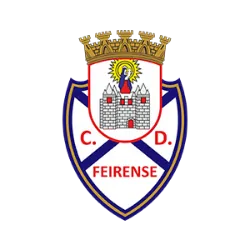
It is a Portuguese sports club founded on March 19, 1918. Its headquarters are located in Santa Maria da Feira, in the district of Aveiro, northern region of Portugal. Although football is the club's best-known sport, Feirense also has a long history in other sports such as athletics and gymnastics. The origin of Feirense is linked to the sporting passion of young people in the region at the beginning of the 20th century. Founded in 1918, the club began as a small association focused on football and grew over the decades, gaining regional notoriety. Initially, the club competed in state and regional leagues until, after a lot of effort and dedication, it managed to reach national competitions, being promoted to the Second League in the 1960s and since then, it has alternated between divisions. The club has the fervent support of local fans, known as "Fogaceiros" (in reference to the Fogaça festival, a local tradition).
Tondela Sports Club
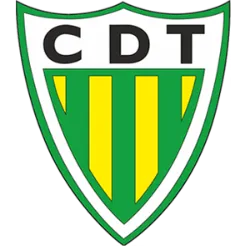
The Clube Desportivo de Tondela (CD Tondela), founded in 1933 in Tondela, Portugal, is a club traditionally associated with football, but also promotes other sports such as tennis, horse riding, basketball and athletics. Its colors are green and yellow, the same as the municipality. The club emerged from the merger of two local clubs: Tondela Foot-Ball Club and Operário Atlético Clube. Their first official game took place at Campo do Pereiro (today Estádio João Cardoso), with a current capacity for 5,000 spectators. Tondela stood out in 2015, becoming champion of the II League and reaching the Primeira Liga for the first time, where it remained for seven consecutive seasons until 2022. The team is affectionately known as "Beirões" or "Auriverdes" and has the support of the "Febre Amarela" fans.
Trofense Sports Club
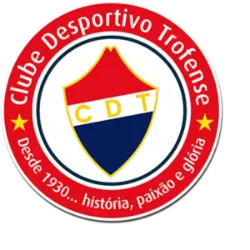
It is a Portuguese football club founded on September 28, 1930 in the city of Trofa, located in the district of Porto, northern Portugal. The club has its roots in the industrial region of Trofa and represents local pride and identity. Although it was founded more than 90 years ago, Trofense has enjoyed moments of prominence more recently, achieving its greatest achievement in the 2000s. Trofense was created by a group of local enthusiasts who wanted to promote football and other sports in the region. Trofense plays its games at the Clube Desportivo Trofense Stadium, known as the Clube Desportivo das Aves Stadium. Red and blue are Trofense's traditional colors, representing the team's pride and strength. The club's emblem features these colors and a shield that refers to Trofa's local identity.
Penafiel Football Club

It is a Portuguese football club founded on February 8, 1951, in the city of Penafiel, located in the district of Porto, northern Portugal. Since its foundation, the club has been an important representative of the region in the sphere of Portuguese football, standing out especially in competitions for access to the Primeira Liga. FC Penafiel emerged from the merger of two local sports associations: Sport Club de Penafiel and União Desportiva Penafielense. FC Penafiel plays at the Estádio Municipal 25 de Abril, opened in 1985. With a capacity for around 5,000 spectators, the stadium is a landmark in the city and was named in honor of Carnation Revolution Day. The club traditionally wears red and black uniforms, colors that are symbols of its identity. The Penafiel emblem features the Penafiel cross and details that refer to the city's history.
The Chaves Sports Group
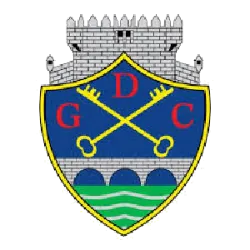
Grupo Desportivo de Chaves, known as GD Chaves or just Chaves, is a Portuguese football club founded on September 27, 1949, in the city of Chaves, Trás-os-Montes region. It arose from the merger between two local clubs, Atlético Clube Flaviense and Flávia Sport Clube. Its fans are called "Valentes Transmontanos" or "Flavienses". The club alternates between the main and secondary divisions of Portuguese football. Its peak was in the 1980s, with emphasis on the 1986-87 season, when it finished 5th in the Primeira Liga and qualified for the UEFA Cup. In 2010, they reached the final of the Portuguese Cup, losing to FC Porto. He faced financial difficulties in 2011 but was saved by an investor. In 2022, he returned to the Primeira Liga after several fluctuations. GD Chaves plays at the Municipal Eng Stadium. Manuel Branco Teixeira, with a capacity for around 8,400 people, where the fans create a passionate and intense atmosphere.
Test yourself with one of these challenges 👇
HOME
